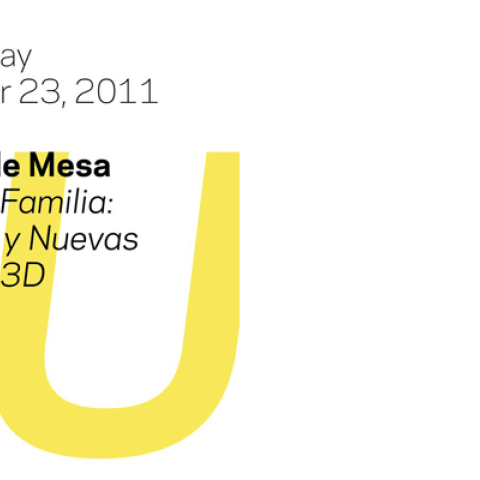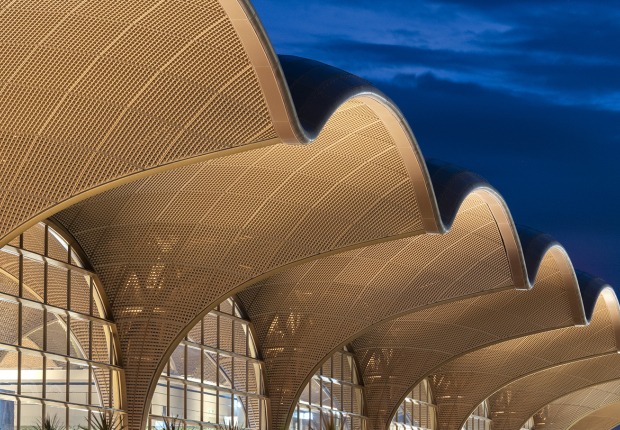Lecture IE University Segovia, Wednesday November 23, 2011, Refectorio, 13.00 h.
Andrés de Mesa: "Sagrada Familia: Old and New 3D Techniques."
Architect Andrés de Mesa Gisbert is a graduate of the Universidad Mayor de San Andrés, Bolivia (1978), where he was appointed professor of design and geometry form 1979 to 1984. He was appointed professor of geometry and 3D modeling at the School of Architecture in Barcelona (ETSAB) in 1984. Since 1995, he has developed and taught courses on the application of new technologies to architecture. He teaches a master level course, Design and Visual Simulation in Architecture, at the UPC Foundation and has developed and advised on the use of CAD and BIM in various architectural offices in Barcelona (1995-05). Using a laser scanner, he has created the 3D reconstruction of the columns of the Temple G in Selinunte, Sicily (2003) and Gates of Antioquia in the Ancient City of Aleppo, Syria (2007). De Mesa has developed research projects on the geometrical forms of the windows of the central nave and the tower details of the Sagrada Familia Temple in collaboration with the Department of Geotechnical Engineering and Geo-sciences of the EPSB (2001-07). Currently he is in charge of CAD developments for the designs and construction of the Sagrada Familia Temple, where, since 2009, he has implemented the application and development of parametrical systems 3D modeling.



























